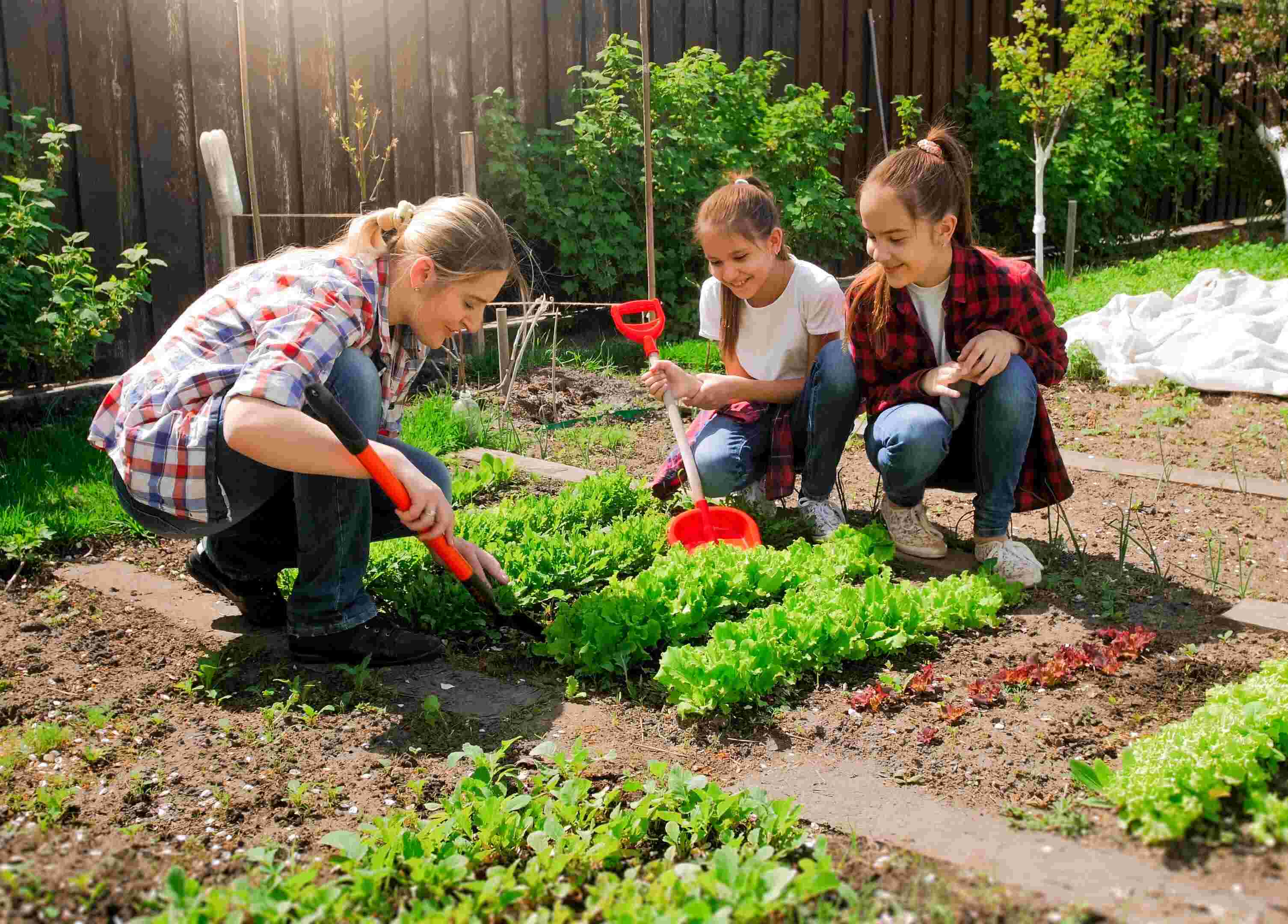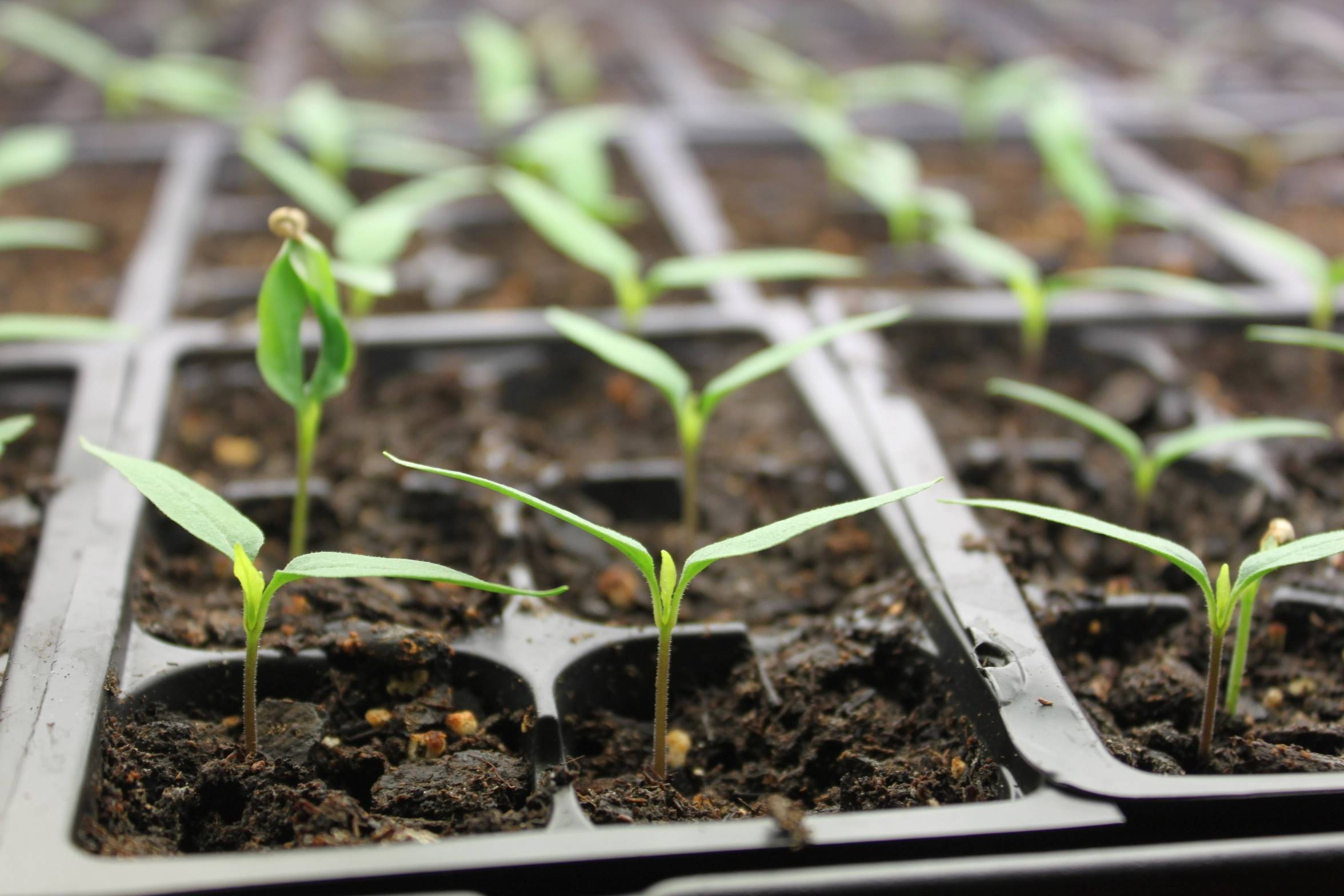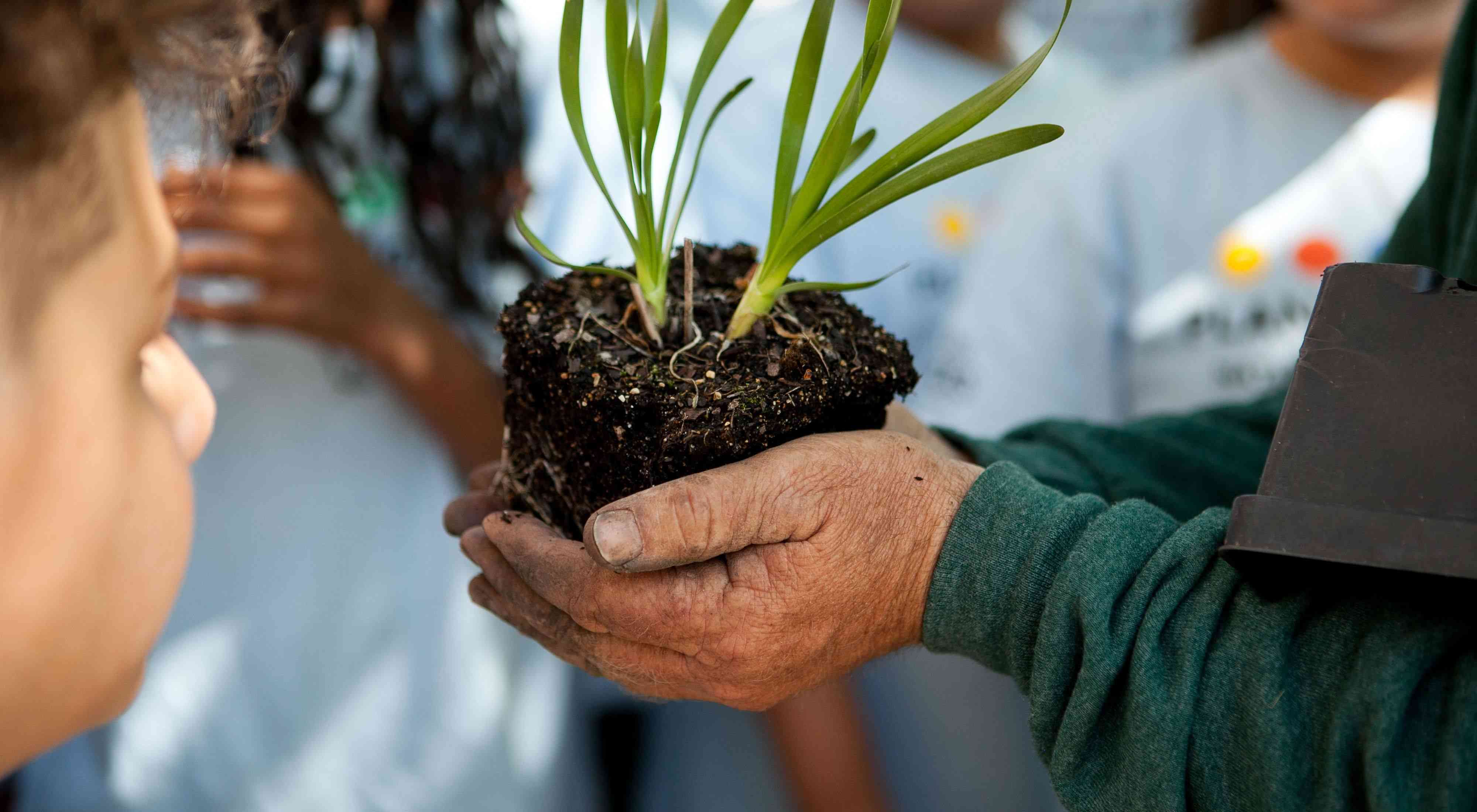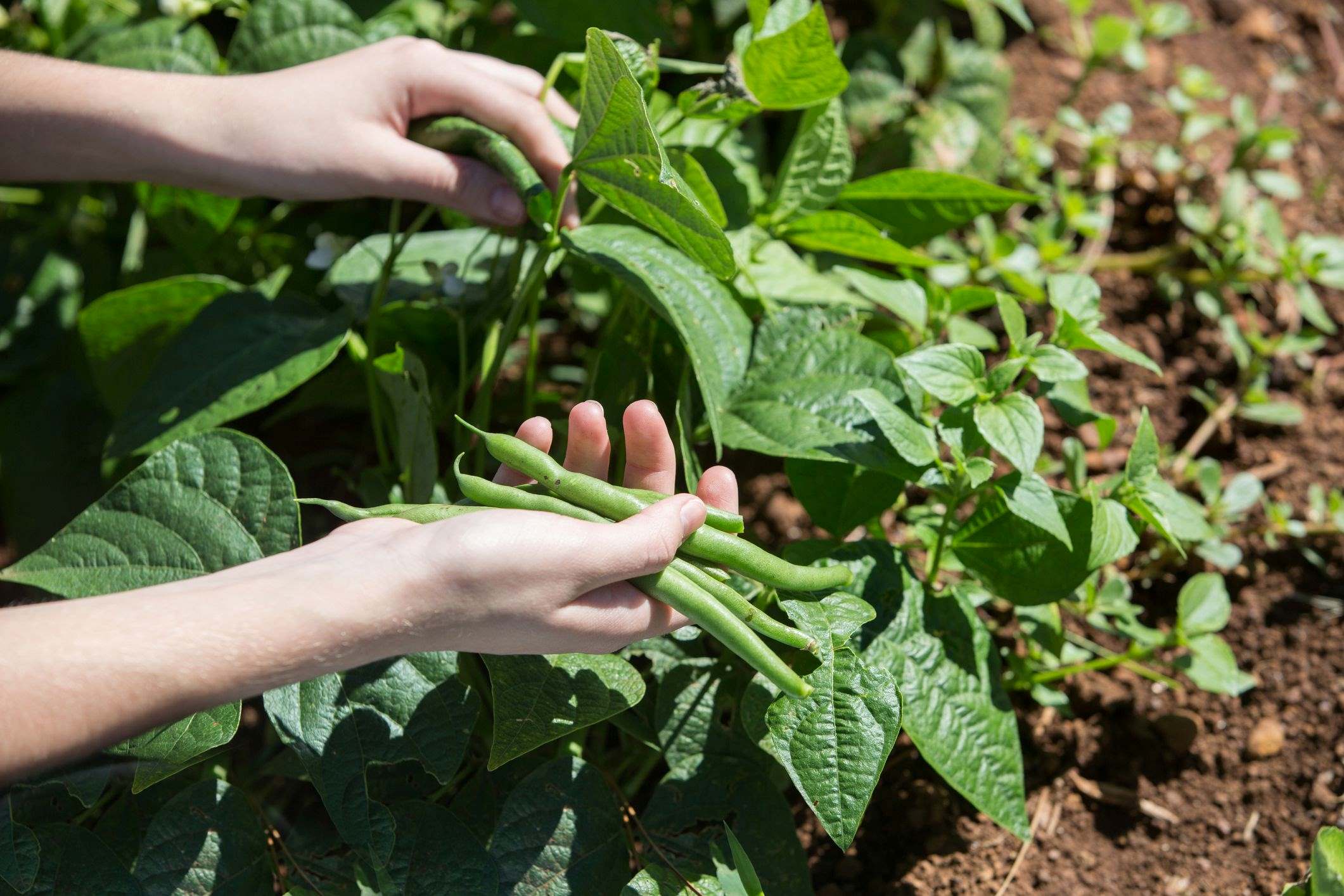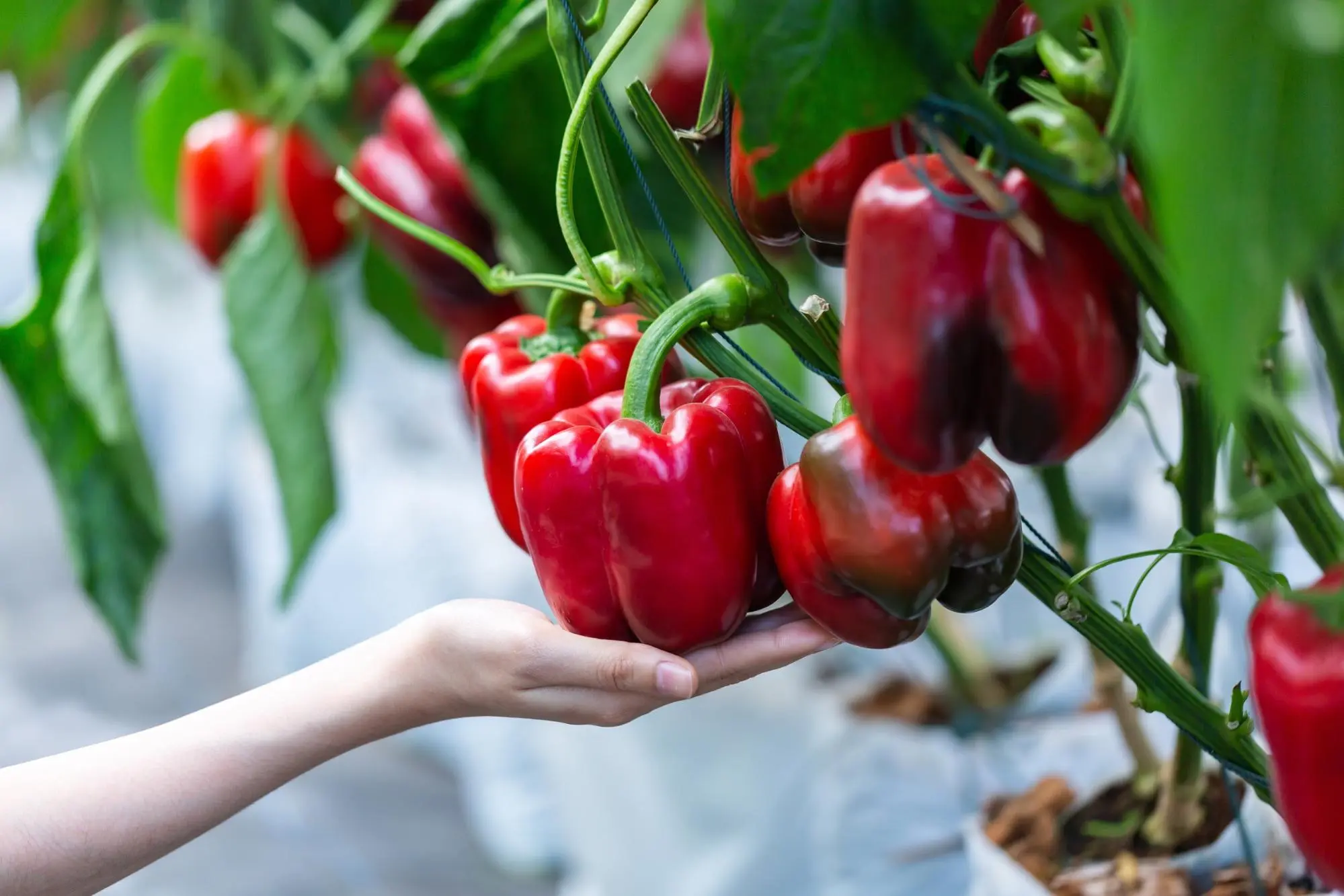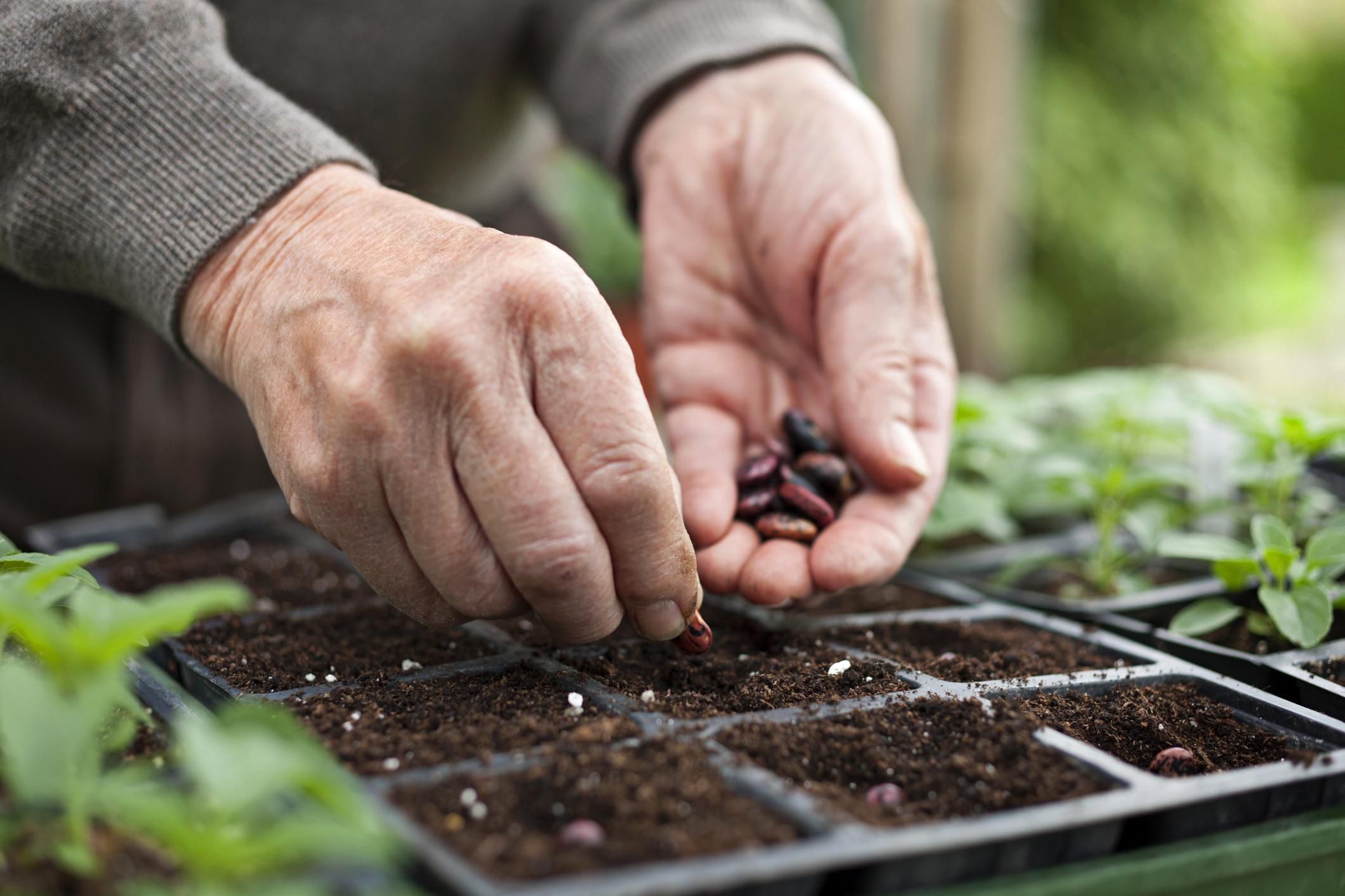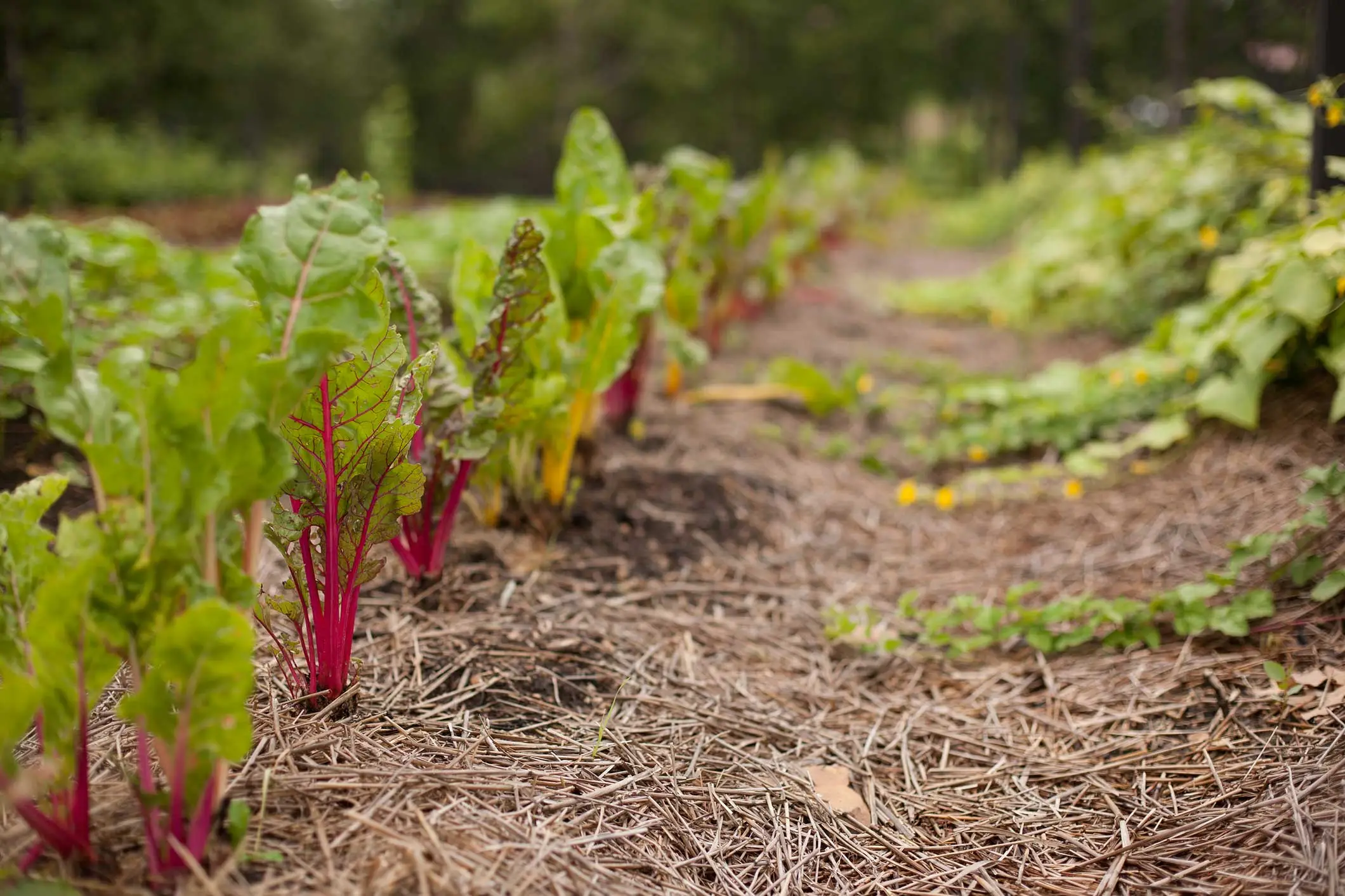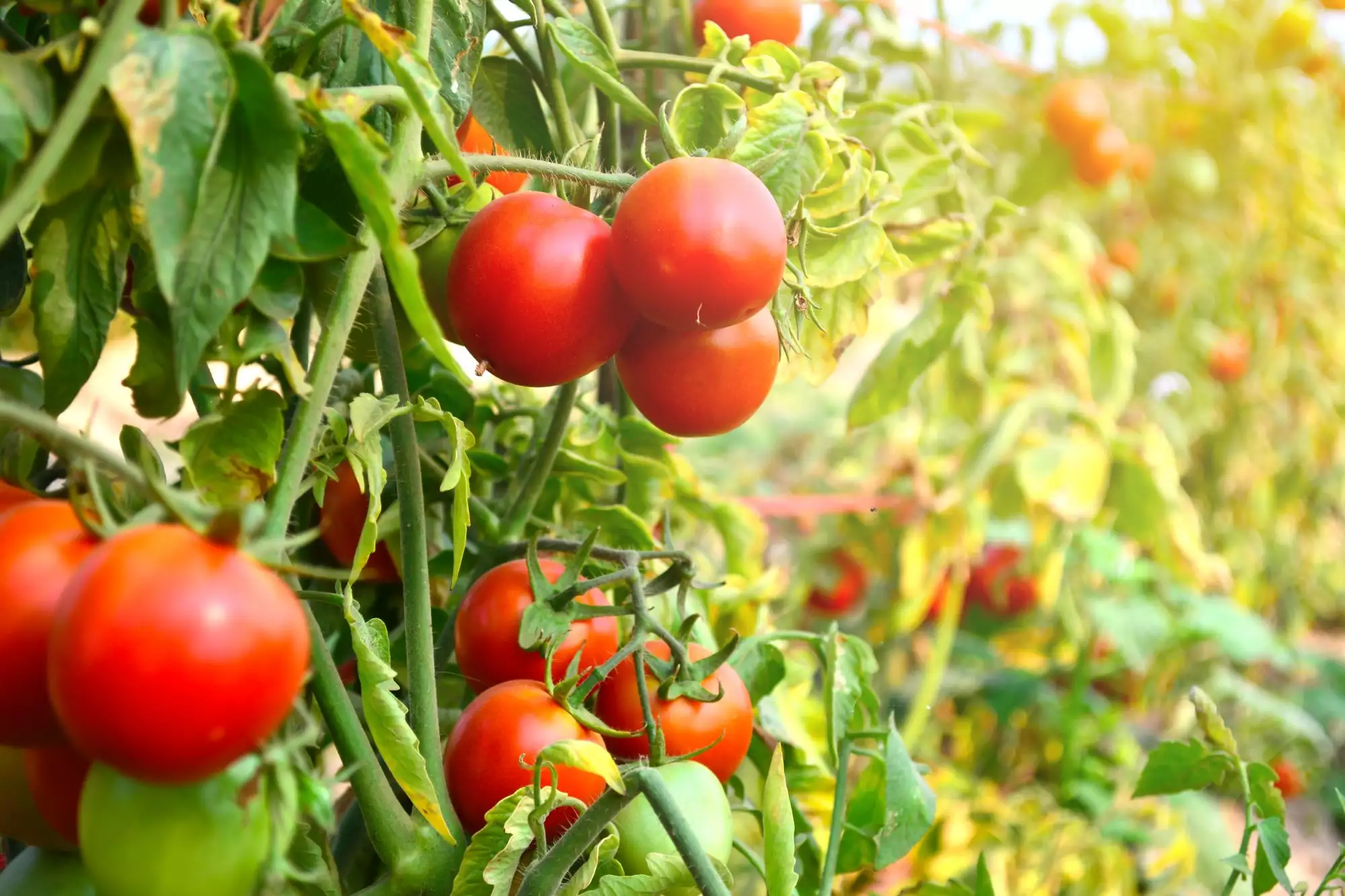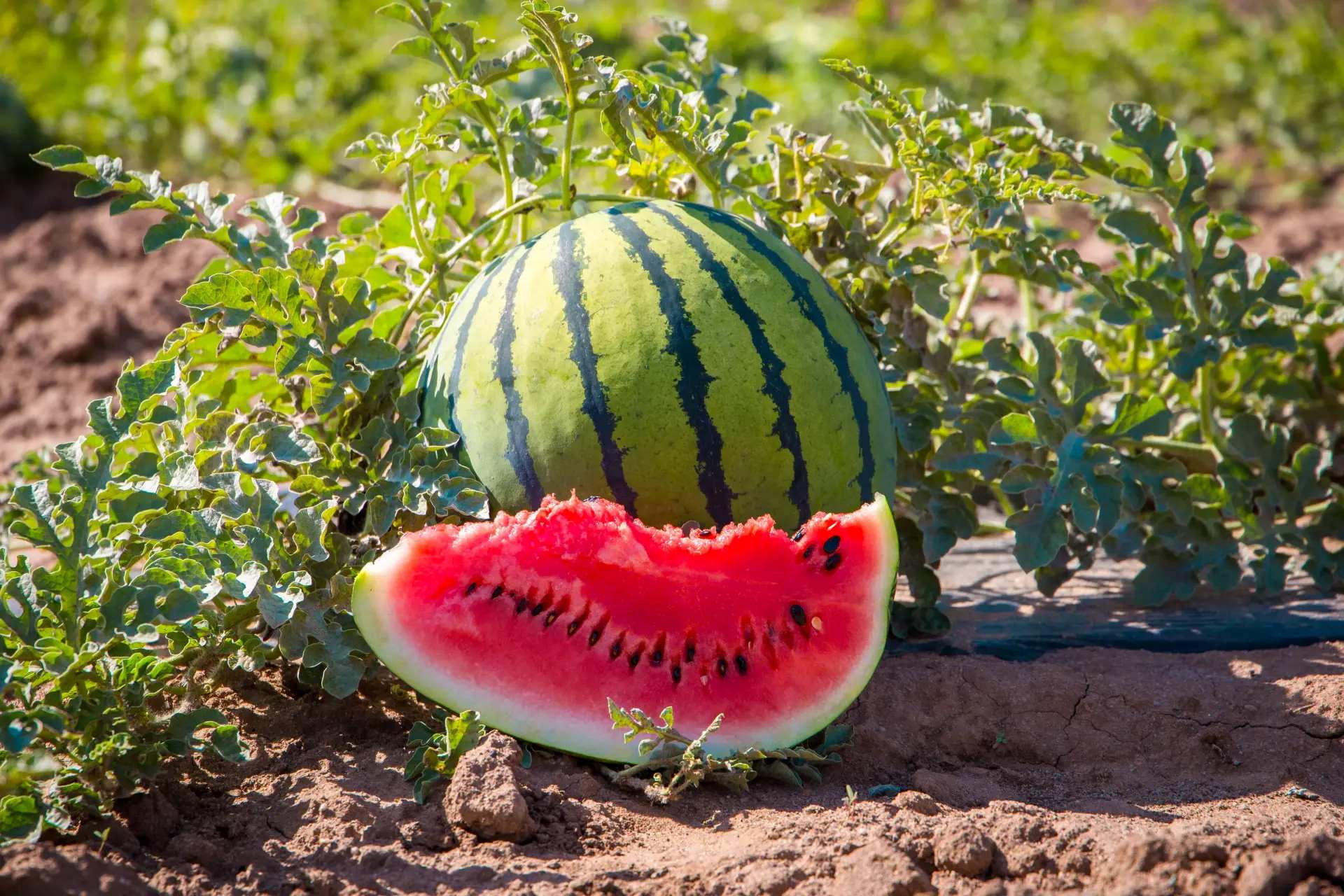Home>Gardening Techniques>Seasonal Gardening>When To Start Planting A Garden In Illinois
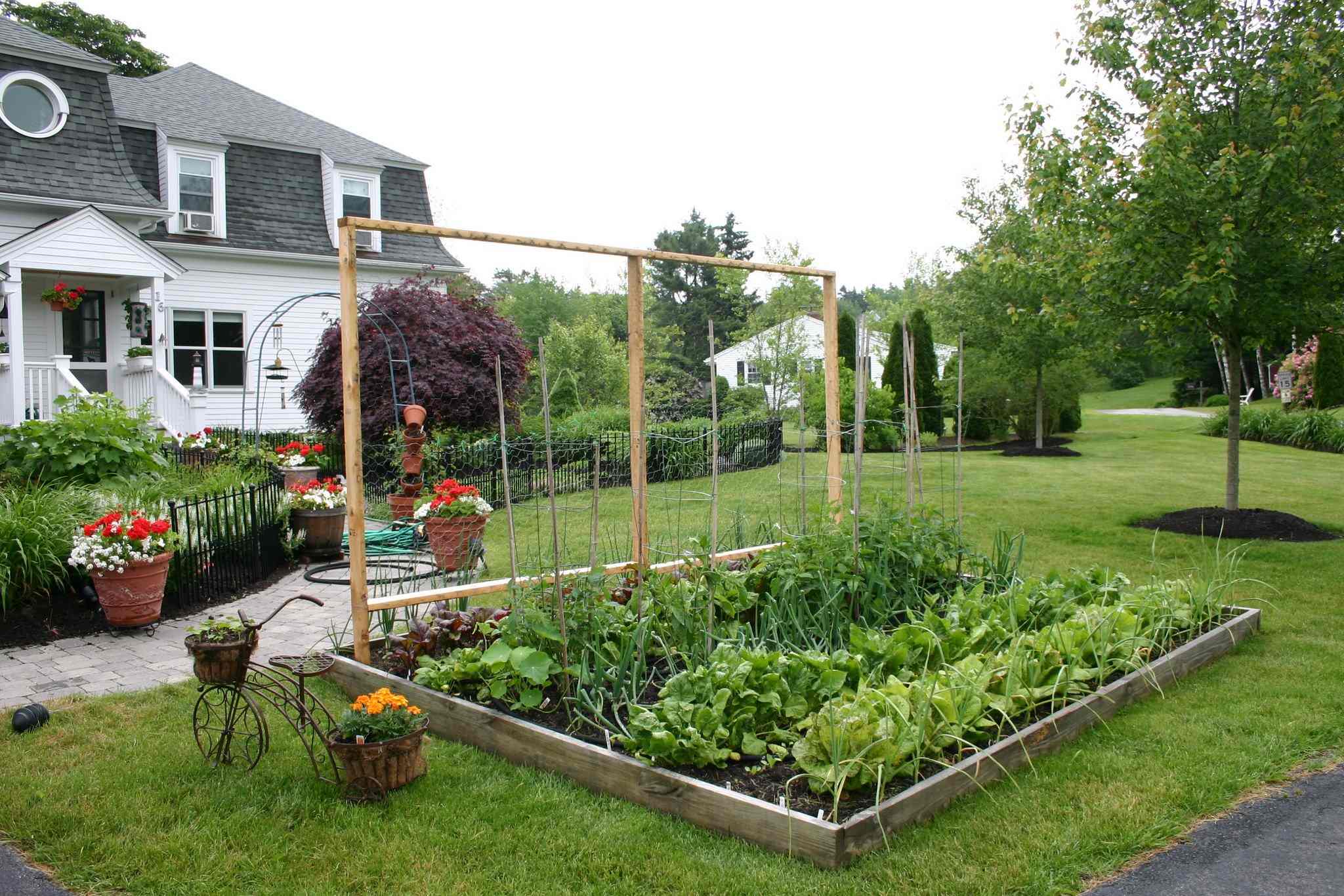

Seasonal Gardening
When To Start Planting A Garden In Illinois
Modified: February 10, 2024
Looking to start a garden in Illinois? Learn about the best time to begin seasonal gardening and get expert tips for a successful garden.
(Many of the links in this article redirect to a specific reviewed product. Your purchase of these products through affiliate links helps to generate commission for Chicagolandgardening.com, at no extra cost. Learn more)
Table of Contents
Introduction
Welcome to the world of seasonal gardening in Illinois! Whether you are a seasoned gardener or just starting out with your green thumb, knowing when to start planting a garden is crucial for success. Illinois, with its diverse climate and rich soil, offers plenty of opportunities for a fruitful garden.
Gardening in Illinois can be a truly rewarding experience, but it’s important to understand the unique challenges and considerations that come with the state’s climate. From hot and humid summers to cold and snowy winters, Illinois has a wide range of weather conditions throughout the year. This variability affects the timing and selection of plants for your garden.
By understanding the Illinois climate and making informed choices about plant selection and preparation, you can ensure a bountiful harvest and a thriving garden. In this article, we will explore the best practices for planting a garden in Illinois, from choosing the right plants to protecting them from frost and common pests.
Whether you have a backyard garden, a patio container garden, or even a small herb garden on your kitchen windowsill, this guide will provide you with the insights and knowledge to make the most of your gardening experience in Illinois.
Understanding Illinois Climate
Illinois has a diverse climate that can be divided into four distinct seasons: spring, summer, fall, and winter. Each season brings its own set of weather conditions and challenges for gardeners.
In spring, the temperature begins to warm up, and the days become longer. This is a crucial time for gardeners to start planning and preparing their gardens. However, it is important to keep in mind that spring in Illinois can be unpredictable, with fluctuations in temperature and occasional late frost. It’s advisable to wait until after the last frost date before planting frost-sensitive plants, such as tomatoes and peppers.
Summer in Illinois is characterized by hot and humid weather, making it an ideal time for many plants to thrive. However, the intense heat and humidity can also create conditions for various plant diseases and pests. Regular watering and providing adequate shade can help mitigate the stress that plants may face during this period.
Fall in Illinois brings cooler temperatures and shorter days, signaling the transition to winter. This is the time to harvest the remaining crops, clean up the garden, and prepare the soil for the next growing season. It’s also a great time to plant cool-season crops, such as lettuce, spinach, and kale, that can withstand the colder weather.
Winter in Illinois can be harsh, with freezing temperatures and snowfall. This is the time when soil goes dormant, and most plants die back. However, it’s possible to extend the growing season by using cold frames or indoor gardening techniques. Winter can also be a time for planning and researching new plants and gardening techniques for the upcoming spring.
Understanding the Illinois climate and its seasonal variations will help you make informed decisions about when to start planting and how to best care for your garden throughout the year. By adapting to the unique conditions of each season, you can create a flourishing garden that thrives in Illinois’ diverse climate.
Choosing the Right Plants
When it comes to gardening in Illinois, choosing the right plants is crucial for a successful and thriving garden. The climate, soil type, and available sunlight in your specific location will influence the types of plants that will thrive in your garden. Here are a few factors to consider when selecting plants:
- Hardiness Zone: Illinois is divided into several hardiness zones, ranging from zone 5 in the north to zone 7 in the south. Knowing your specific hardiness zone will help you select plants that can tolerate the temperature extremes in your area.
- Native Plants: Native plants are well-adapted to the local conditions and require less maintenance. They also support the ecosystem by attracting pollinators and beneficial insects. Consider including native plants in your garden to enhance its biodiversity.
- Seasonal Variations: Take into account the length of the growing season in Illinois and select plants that can thrive in the available time. Warm-season vegetables like tomatoes, peppers, and corn require a longer growing season, while cool-season crops like lettuce, radishes, and spinach can tolerate cooler temperatures and mature quickly.
- Soil Requirements: Assess your soil type and fertility before choosing plants. Some plants prefer well-draining soil, while others thrive in clay or loamy soil. Conduct a soil test to determine its pH level and nutrient content, and amend the soil as needed to create optimal conditions for your chosen plants.
- Sunlight Exposure: Observe the sunlight patterns in your garden, noting areas of full sun, partial shade, and full shade. Different plants have varied requirements for sunlight exposure, so select plants that match the available light in your garden.
Consult gardening guides, visit local nurseries, and speak with experienced gardeners to gather recommendations and insights on the best plants for your area. By choosing the right plants that are well-suited to your climate and growing conditions, you will set yourself up for gardening success in Illinois.
Preparing the Soil
One of the key factors for a successful garden in Illinois is preparing the soil properly. Good soil preparation creates a fertile and nutrient-rich environment for plants to thrive. Here are some steps to follow when preparing your garden soil:
- Clear the Area: Start by clearing the area of any weeds, rocks, or debris. Remove any existing vegetation to prevent competition for nutrients and space.
- Soil Testing: Conduct a soil test to determine the pH level and nutrient content of your soil. Testing kits are readily available at garden centers or through your local extension office. Based on the results, you can adjust the pH and add necessary nutrients to optimize plant growth.
- Till the Soil: Using a garden tiller or a shovel, loosen the soil to a depth of about 6 to 8 inches. This helps to break up compacted soil and improves drainage, root penetration, and nutrient distribution.
- Add Organic Matter: Enrich the soil by incorporating organic matter, such as compost, well-rotted manure, or leaf mold. Organic matter improves soil structure, enhances water retention, and provides essential nutrients for plant growth.
- Amend the Soil: Based on the soil test results, add any necessary soil amendments to correct nutrient deficiencies or imbalances. Common amendments include lime to raise pH levels for acidic soil or sulfur to lower pH levels for alkaline soil.
- Mulch the Soil: Apply a layer of organic mulch, such as straw or wood chips, to the soil surface. Mulching helps to suppress weeds, retain moisture, and regulate soil temperature, reducing the need for watering and minimizing soil erosion.
Remember, soil preparation is an ongoing process. It’s important to maintain the health of your soil by regularly adding organic matter and conducting periodic soil tests. Healthy soil provides a strong foundation for your garden, ensuring optimal growth and productivity of your plants.
Starting Seeds Indoors
Starting seeds indoors is a great way to get a head start on the gardening season in Illinois. By starting seeds indoors, you can extend the growing season and have robust, healthy seedlings ready to transplant into your garden when the weather warms up. Here’s how you can start seeds indoors:
- Select the Right Containers: Choose containers that have drainage holes to prevent waterlogged soil. You can use seed trays, peat pots, or recycled containers. Make sure they are clean and sterilized to prevent the spread of diseases.
- Use High-Quality Seed Starting Mix: Use a sterile seed starting mix or a combination of peat moss, vermiculite, and perlite. This provides a loose, well-draining medium for seeds to germinate and grow.
- Sow the Seeds: Follow the instructions on the seed packet for the recommended depth and spacing. Lightly press the seeds into the soil and cover them with a thin layer of the seed starting mix.
- Provide Adequate Light: Place the seed trays in a location that receives bright, indirect light. If natural light is insufficient, you can use fluorescent lights or grow lights to supplement the light intensity.
- Maintain Proper Moisture: Keep the soil consistently moist but not saturated. Use a misting bottle or a watering can with a fine spout to gently water the seedlings. Avoid overwatering, as it can lead to damping-off disease or root rot.
- Monitor and Adjust Temperature: Most seeds require warm temperatures for germination. Use a heat mat or place the seed trays near a warm heat source to maintain the ideal temperature. Once the seeds have germinated, move them to a cooler location to promote sturdy growth.
- Harden Off Seedlings: About a week before transplanting, gradually acclimate the seedlings to outdoor conditions by exposing them to outdoor temperatures and sunlight for a few hours each day. This process, known as hardening off, helps the seedlings adjust to the change in environment.
Starting seeds indoors gives you greater control over the growing conditions and allows you to experiment with a wider variety of plants. By following these steps, you’ll be well on your way to cultivating healthy seedlings that are ready to flourish in your Illinois garden.
Direct Sowing in the Garden
In addition to starting seeds indoors, direct sowing in the garden is a common method for planting in Illinois. Direct sowing refers to planting seeds directly into the outdoor garden beds, eliminating the need for transplanting seedlings. Here are some tips for successful direct sowing:
- Choose the Right Time: Refer to the seed packet or gardening guides to determine the appropriate time to sow each type of seed. Factors such as frost dates, soil temperature, and preferred growing conditions will influence the timing.
- Prepare the Soil: Ensure the soil is free from weeds and has been properly amended with organic matter. Use a garden rake or hoe to create a level surface and remove any large clumps or debris.
- Read the Seed Packet: Each seed variety has specific requirements for planting depth and spacing. Follow the instructions on the seed packet to ensure proper germination and growth.
- Sow the Seeds: Dig a small hole or trench, according to the recommended depth, and place the seeds into the soil. Cover the seeds with soil and gently firm the surface to ensure good seed-to-soil contact.
- Water Adequately: After sowing the seeds, water the area gently and thoroughly. Maintain consistent moisture throughout the germination and early growth stages. Be mindful not to overwater, as it can lead to seed rot or fungal diseases.
- Thin out Seedlings: Once the seedlings emerge and develop their first set of true leaves, thin them out to provide sufficient space for growth. Remove weaker or overcrowded seedlings, leaving the healthiest and strongest plants.
- Maintain Weed Control: Regularly inspect the garden bed for weeds and remove them promptly. Weeds compete with your plants for nutrients, water, and sunlight, so minimizing their presence is essential for a healthy garden.
- Monitor and Protect: Keep an eye on the growing seedlings for signs of pests or diseases. Take appropriate measures to protect your plants, such as applying organic pest controls or using row covers to deter insects.
Direct sowing can be a rewarding and efficient method of planting in your Illinois garden. It allows plants to establish their roots directly in the garden bed, resulting in stronger and more resilient plants. With proper care and attention, your direct-sown seeds will flourish and provide a bountiful harvest.
Protecting Your Garden from Frost
In Illinois, frost can pose a threat to your garden, especially in the early spring and late fall. Frost occurs when the temperature drops below freezing, causing ice crystals to form on plants and potentially damaging or killing them. However, with proper precautions, you can protect your garden from frost and extend your growing season. Here are some ways to safeguard your plants:
- Know your Frost Dates: Be aware of the average frost dates for your specific region in Illinois. This information will help you plan and prepare accordingly. The last spring frost date indicates when it is generally safe to plant frost-sensitive plants, while the first fall frost date signals the end of the growing season.
- Cover your Plants: Use protective coverings, such as blankets, row covers, or cloches, to shield your plants from the frost. These covers create a layer of insulation that helps trap heat and protect plants overnight. Remember to remove the covers during the day so that your plants can receive sunlight and ventilation.
- Water the Garden: Wet soil has better heat-retaining properties than dry soil. Water your garden thoroughly before a frost event to help the soil retain heat and protect the plants. Use a watering can or garden hose to apply water directly to the base of the plants.
- Utilize Mulch: Apply a layer of organic mulch, such as straw or wood chips, around your plants. Mulch insulates the soil, regulates soil temperature, and helps retain moisture. It also acts as a barrier against frost, providing an additional layer of protection for the roots.
- Use Microclimates: Take advantage of microclimates in your garden by planting more tender plants in protected areas. South-facing walls, fences, or structures can absorb heat during the day and radiate it back to the plants at night, offering some natural protection against frost.
- Monitor Weather Forecasts: Stay informed about upcoming weather conditions and frost alerts. Plan ahead and take necessary precautions by covering or moving your potted plants indoors if a frost is expected.
- Consider Cold Frames: Cold frames are like mini greenhouses that capture and retain heat, providing excellent protection against frost. Construct or purchase a cold frame that fits the size of your garden and use it to shelter more delicate plants during frost-prone periods.
- Choose Frost-Tolerant Plants: When selecting plants for your garden, consider choosing varieties that are more tolerant of frost. These plants can better withstand colder temperatures and are less likely to suffer damage. Examples of frost-tolerant plants include kale, spinach, Brussels sprouts, and certain types of lettuce.
By implementing these strategies and staying vigilant, you can safeguard your garden from frost and continue enjoying fresh produce for an extended growing season in Illinois.
Common Garden Pests in Illinois
Gardening in Illinois comes with its fair share of pests that can wreak havoc on your plants. It’s essential to be aware of these common garden pests and take proactive measures to protect your plants. Here are some pests you may encounter in your Illinois garden:
- Japanese Beetles: These metallic green beetles can be a major nuisance, skeletonizing leaves and damaging flowers and fruits. Handpick or use traps to remove adult beetles, and apply organic insecticides to control their population.
- Aphids: These small, soft-bodied insects feed on plant sap and can quickly multiply. Aphids can deform leaves and transmit diseases. Use insecticidal soap or neem oil to control aphid populations, and encourage natural predators like ladybugs and lacewings.
- Cabbage Worms: Cabbage worms are the larvae of white butterflies. They feed on cabbage family plants like broccoli, kale, and cauliflower. Handpick and destroy these pests, or use organic insecticides like Bacillus thuringiensis (BT).
- Squash Bugs: These pests can cause severe damage to squash, pumpkins, and melons. Monitor plants regularly and handpick squash bugs and their eggs from leaves and stems. Organic insecticides can also help control their population.
- Deer: Deer can be a constant challenge for gardeners in many Illinois areas. Erecting tall fences or using deer repellents can help deter their presence. Planting deer-resistant plants is also a good strategy to protect your garden.
- Slugs and Snails: These mollusks feed on plant leaves, stems, and fruits, leaving behind slime trails. Use organic slug baits or create barriers, such as copper tape or diatomaceous earth, to protect your plants from these slimy pests.
- Garden Flea Beetles: These tiny beetles feed on the leaves of many garden plants, leaving small holes and causing extensive damage. Use row covers or insecticidal sprays to control these pests, especially early in the growing season.
- Tomato Hornworms: These large, green caterpillars can strip tomato and pepper plants of their leaves. Handpick and destroy them, or introduce natural predators like parasitic wasps or birds that feed on caterpillars.
It’s important to regularly inspect your plants for signs of pest activity. By identifying and addressing pest issues early on, you can minimize damage and protect the health of your garden. Integrated Pest Management (IPM) practices, such as using organic methods, attracting beneficial insects, and practicing good garden hygiene, can help keep pest populations in check.
Remember, not all insects in your garden are pests. Some insects, like bees and butterflies, are beneficial pollinators. It’s important to strike a balance and create a welcoming environment for beneficial insects while managing destructive pests in your Illinois garden.
Harvesting and Maintaining Your Garden
As your garden begins to flourish in Illinois, it’s important to know the proper techniques for harvesting and maintaining your plants. Harvesting at the right time and providing ongoing care will ensure a productive and healthy garden. Here are some tips to help you along the way:
- Harvesting: Harvest fruits, vegetables, and herbs when they reach their peak ripeness. Different plants have different signs of ripeness, such as color, texture, and size. Consult gardening resources or seed packets for guidance on when to harvest each specific crop.
- Proper Storage: Store harvested produce in appropriate conditions to prolong their freshness. Some crops, like root vegetables, can be stored in a cool and dark place, while others, like tomatoes, are best kept at room temperature. Avoid washing produce until just before use to prevent spoilage.
- Deadheading and Pruning: Regularly remove spent blooms, known as deadheading, to encourage continuous flowering. Prune overgrown or damaged branches to maintain plant health and shape. Pruning can also increase air circulation and reduce disease susceptibility.
- Weeding: Keeping your garden free of weeds is crucial to prevent competition for nutrients, water, and sunlight. Regularly inspect your garden and remove weeds by hand or use mulch to suppress their growth. Be careful not to damage the roots of your desirable plants.
- Watering: Adequate hydration is vital for the health of your plants. Water deeply and infrequently, giving plants a thorough soaking rather than shallow watering. Water in the early morning or late evening to minimize evaporation and prevent foliage diseases.
- Fertilizing: Monitor the nutrient levels in your soil and fertilize as needed. Use organic fertilizers or compost to provide essential nutrients for plant growth. Follow the instructions on the fertilizer package or consult a gardening expert for proper application rates and timing.
- Pest and Disease Management: Regularly inspect your plants for signs of pests or diseases. If detected, take prompt action to control the problem. Use organic methods whenever possible, such as handpicking pests or applying natural sprays. Remove and destroy any infected plants to prevent the spread of diseases.
- Record-Keeping: Maintain a gardening journal to track planting dates, observations, and successes or failures. This information can help you plan future plantings and identify patterns or strategies that worked well in your garden.
Maintaining your garden requires consistent effort and attention. Enjoy the process and take pride in the fruits of your labor. A well-maintained garden will reward you with an abundant harvest and a beautiful outdoor space to enjoy throughout the gardening season in Illinois.
Conclusion
Gardening in Illinois offers a wonderful opportunity to connect with nature, grow your own food, and beautify your surroundings. By understanding the unique climate of Illinois, selecting the right plants, preparing the soil, and employing proper gardening techniques, you can have a thriving garden throughout the seasons. Whether you’re starting seeds indoors, directly sowing in the garden, or protecting your plants from frost and pests, each step contributes to the success of your garden.
Remember to be mindful of the specific challenges and considerations that come with gardening in Illinois. Stay informed about the frost dates, choose plants that are well-suited to your climate and soil type, and employ techniques like mulching, watering, and feeding to support healthy growth. Regular maintenance, including pruning, weeding, and monitoring for pests and diseases, will also play a crucial role in the longevity of your garden.
As you harvest the fruits of your labor, take pleasure in knowing that you have nurtured living organisms and created a beautiful ecosystem in your own backyard. The joy of tasting homegrown produce, witnessing the beauty of blooming flowers, and the satisfaction of a productive garden make the effort worthwhile.
So, roll up your sleeves, grab your gardening tools, and embrace the joys and challenges of seasonal gardening in Illinois. Let your creativity and passion guide you as you cultivate your green haven, and enjoy the rewards of a bountiful and vibrant garden.
